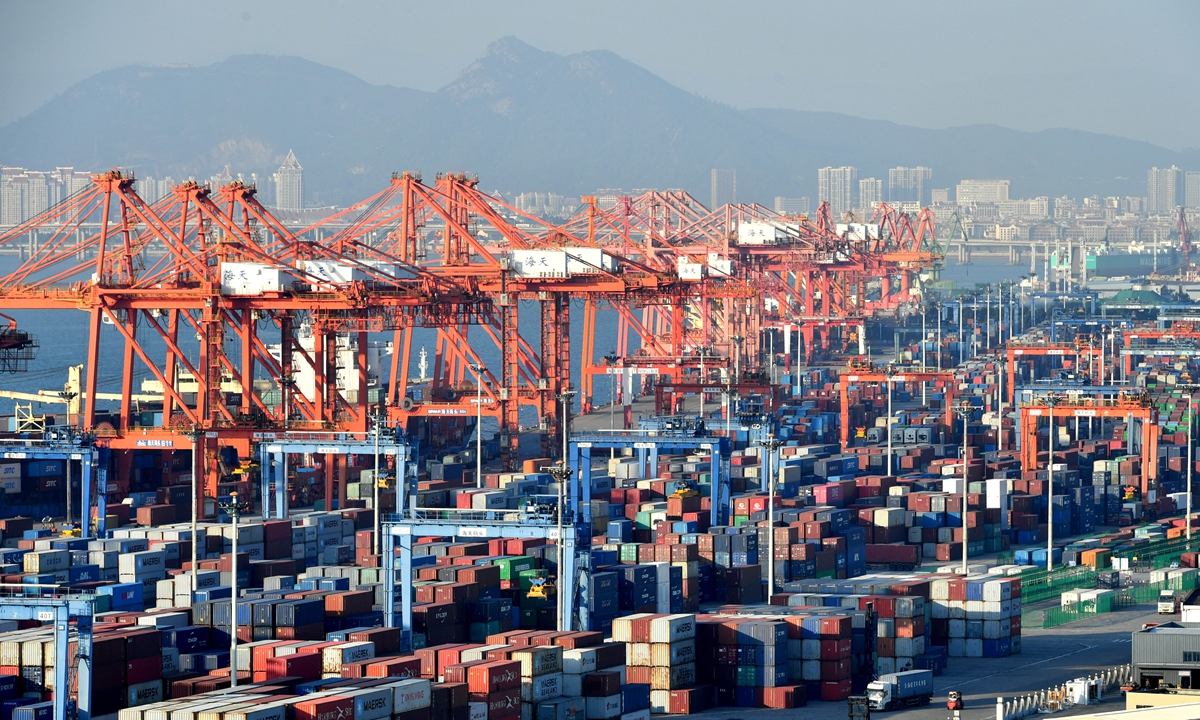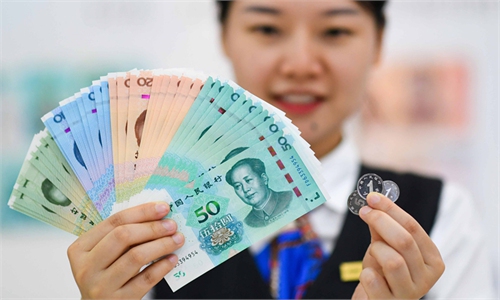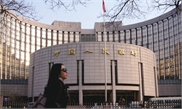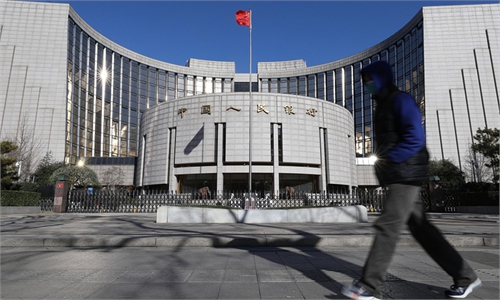China cuts benchmark lending rate to bolster economy
Govt’s move launched step-by-step, proves responsible: expert

Xiamen Photo: CFP
Just days after China cut a major interest rate for central bank lending to big commercial banks, and hours after central bank officials delivered a clear signal about monetary easing through promises of opening the monetary policy toolbox wider, the country took one further step toward capital easing by cutting the loan prime rate (LPR), the de facto benchmark lending rate, both in five-year and one-year terms, on Thursday.
Although the cuts are arranged according to loan periods, market observers said it's a sign of the government's urgent desire to boost market confidence and inject momentum into the real economy, as the country tried to achieve stable economic growth this year amid challenges including coronavirus and real estate weakness.
Compared with drastic US policies which usually upset the global market, China's policies, which are moderate and launched step by step, are more responsible and will not lead to wild vibrations in markets, observers said.
On Thursday, China lowered the one-year and five-year LPR by 10 basis points (bp) and five basis points, respectively. Together with the already implemented 5bp cut on LPR about a month ago, China lowered the one-year benchmark lending rate by 15 basis points recently which is "in line with or slightly above" market expectations, Japan-based financial services group Nomura said in a research note it sent to the Global Times on Thursday.
The cut in the five-year LPR is the first in nearly two years, but the strength was below expectations, the note said.
Restraints and breakthroughs
The LPR reduction is the latest in a series of monetary easing policies of the Chinese government, ranging from a recent cut in the interest rate of seven-day reserve repurchase agreements, to the aforementioned Medium-term Lending Facility (MLF) rate cut, and market observers said it indicates similar moves in the coming months, as China strives to steer its economy toward stable growth this year amid multiple challenges.
The need for a monetary stimulus is even more prominent now, when nearly a dozen provinces have set an above 6 percent GDP growth target for this year following the central government policy to maintain economic stability.
Earlier, government officials doubled down on stability during the tone-setting Central Economic Work Conference, with the word mentioned 25 times in a less than 5,000-word official statement issued after the conference. Officials also stressed that stability is the top priority for 2022's economic work, and that regions and government departments should shoulder the responsibility of stabilizing the macro economy.
This task would be very hard to achieve without policy support, including monetary policy stimulus, considering the multiple challenges that China is facing, experts said.
"The LPR cut is part of policies to alleviate triple challenges -- demand contraction, supply shock and weakening expectations, as reduced interest rates and social financing costs will stimulate companies' investment needs, while reducing the government's bond issuance costs. This would encourage the government to roll out fiscal policies more positively to stabilize the economy," Wu Chaoming, chief economist at Chasing Securities, told the Global Times on Thursday.
Nomura also said in its research note that judging from the comments of recent PBC officials of opening the policy toolbox wider, they believe that China is "quite concerned" about the growth slowdown and the "pain threshold has almost been reached."
On the other hand, the different strengths and pace of monetary easing policies, some below market expectations, also mirror a predicament policymakers face, as they also deal with many constraints in rolling out support policies, including mounting local government debt and the need to monitor real estate bubbles.
"The policy direction of appropriate monetary easing is very clear, but the PBC's approach toward its implementation is still cautious, as they want to adjust policies based on the effects on the economy," Xi Junyang, a professor at the Shanghai University of Finance and Economics, told the Global Times on Thursday. "There will be multiple monetary easing policies, but each being moderate every time."
Nomura also anticipated the arrival of "more aggressive" easing and stimulus measures in China, including a 50 basis points reduction in the reserve requirement ratio in the next few months.
The announcement of the LPR on Thursday came 15 minutes earlier than the regular time for the release at 9:30 am. Yan Yuejin, research director at Shanghai-based E-house China R&D Institute, told the Global Times that the early release of the LPR, which coincides with the stock market bidding time, will play a positive role for the capital market by directing investors' anticipation.
Unlike US monetary policies which often bring side effects to other countries because of their abruptness and huge scale, such as bringing inflation to the world with the Fed's monetary flooding after the coronavirus outbreak, China's policies are responsible because they are moderate and carried out step by step.
Policy toolbox
Market entities said they were inspired by the government's repeated rollout of monetary stimulus policies including the LPR cut, which lowers interest rates for ordinary homebuyers and real estate companies.
A person working for a state-owned real estate developer told the Global Times on Thursday that the LPR cut will "give a break" to the property market
"For real estate enterprises, most of the debt is medium- and long-term loans. Although five basis points are not much, it can help real estate enterprises save tens of millions in interest costs a year," the person said.
Xue Jianxiong, president of Shanghai-based asset management firm UTC, also said that such policies made him "not too pessimistic about the industry," although he holds a cautious view toward the effect on real estate companies with high leverage.
"The proportion of bank loans is only a small percentage of many real estate companies' total liabilities. But this could protect the industry from a hard landing," Xue told the Global Times on Thursday.
Analysts stressed that in order to maintain economic stability, monetary stimulus policies should be rolled out together with other policies, including financial, fiscal and industrial policies.
"For example, certain Chinese manufacturing companies face energy raw material and logistics cost pressure, in addition to a shortage in core parts. The government should give them financing support via financial policies, while moderate tax cuts and measures to ensure supplies/price stability are also needed," Zhou Maohua, an analyst of China Everbright Bank, told the Global Times.




